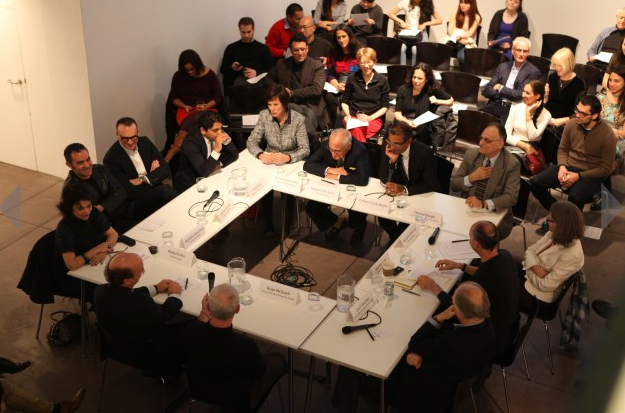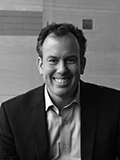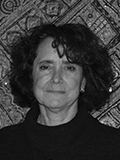Barbara Opar and Barret Havens, column editors
Article submitted by Barret Havens, Assistant Professor and Outreach Librarian, Woodbury University
Over the last decade the web has become synonymous with user-contributed content. The architecture-related realm of cyberspace is no exception. Blogs, e-zines, and wikis like Archiplanet and Archdaily invite users to comment on articles or even, in the case of the former, to author articles themselves. Like the controversy surrounding the reliability of Wikipedia, sites such as these have sparked debate and pose a challenge for librarians, professors and students alike when considering their usefulness–or lack thereof–in an academic context. With such publications, authority, accuracy, and even ethics have sometimes taken a backseat to convenience of access and speed of publication. Take, for instance, Archdaily’s admission of plagiarism when its publishers incorporated, without proper attribution, bits and pieces of an article that originally appeared in Architectural Record. (But even The New York Times and some noteworthy scholarly publications have admitted similar or even more egregious errors so critical thinking should not be reserved for any particular format of publishing.)
Lately, user-contributed architecture-related content has taken on a 3rd dimension: actual files that can be downloaded and used to produce structures. For example, the website Wikihouse, whose stated goal is to “allow anyone to design, download and ‘print’ CNC milled houses and components which can be assembled with minimal formal skills and training,” provides such files. The .dxf format cutting files the site makes available are capable of guiding a router as it cuts out what resemble plywood pieces of an oversized jigsaw puzzle. Pieces are combined to form components of the structure analogous to ribs that are light enough to be put into place by two people, and most joints are designed to function effectively without bolts, screws, or nails. Instead, a single peg hammered in with a wooden mallet (both of which can be printed using the router) joins pieces of the design.
The ease of production and assembly of these structures has profound implications, especially with regard to housing challenges in crisis areas where war, natural disaster, and poverty have ravaged the landscape. With a personal computer, a router, and a supply of plywood, housing could be produced so rapidly that the term “viral architecture” comes to mind.
But as the term “viral” can suggest an innocuous phenomenon that spreads rapidly, or, alternately, something that is capable of causing harm, we may consider the Wikihouse approach to design in a similar light. The potential harm lies in the lack of quality control. Wikihouse offers an affordable means to quick housing. But it offers little in the way of process or standards for testing and improving design.
For instance, though the Wikihouse website offers a status for each house design indicating whether it has been structurally checked, tested, or built, this author could find no qualifications for what constitutes a successful structural check or test. Furthermore, there are few critical details regarding the construction process–prospective builders who visit the site are provided with only the name of the informal organization that attempted construction and a very brief synopsis of their experience. In the case of the “Makerfaire Pavilion” design, for example, a team calling themselves “SketchUp” offered the following bit of helpful, albeit scant, advice: “we had problems with having to build onto improvised block footings, in future, be sure to establish a level surface or beam to make assembly easier (in the end, a car jack was used). A weak floor joint has been corrected in this model.” Not a lot to go on for a project that involves the production and assembly of dozens of interlocking pieces. (It should be noted, however, that further advice might be sought through the Google Groups forums where the Wikihouse community discussions take place.)
Furthermore, only very basic principles and guidelines, along with some drawings providing examples of well-designed details, are offered by the Wikihouse site. With regard to safety, Wikihouse offers the following advice, the brevity and vagueness of which suggest its appropriateness as a fortune cookie fortune: “design in such a way as to offer maximum provision for the safety, security and health.”
Wikihouse’s relaxed approach to process and critique is not much of an endorsement to one whom might consider dedicating a serious stack of plywood and a couple days’ worth of effort. But the potential benefit of evolving and implementing these designs, especially in the aforementioned areas of great need, warrants continued exploration. In light of this, and the strong emphasis on social responsibility and problem-based learning in academic architecture programs around the world, could the dilemma of quality control posed by open source architecture present a learning opportunity? What if architecture students were to engage, through their coursework, in building, testing, and improving these open source designs? A student-led peer-review process could further the proliferation of a beneficial viral architecture in areas where housing solutions are desperately needed, improving the lives of thousands, if not millions.

 Study Architecture
Study Architecture  ProPEL
ProPEL 








